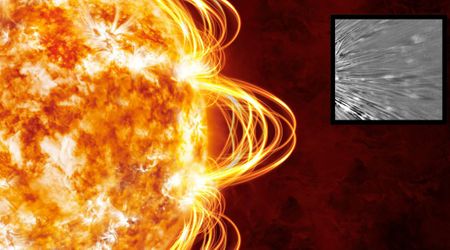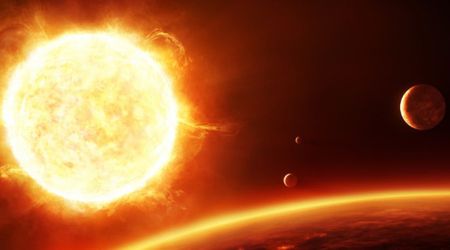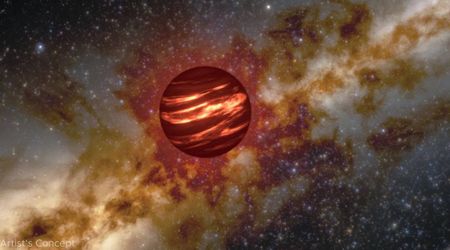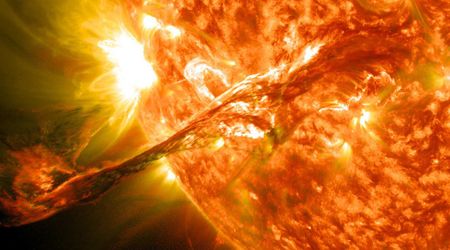Scientists discover how black holes acquired 'squashed' orbits just before the merger
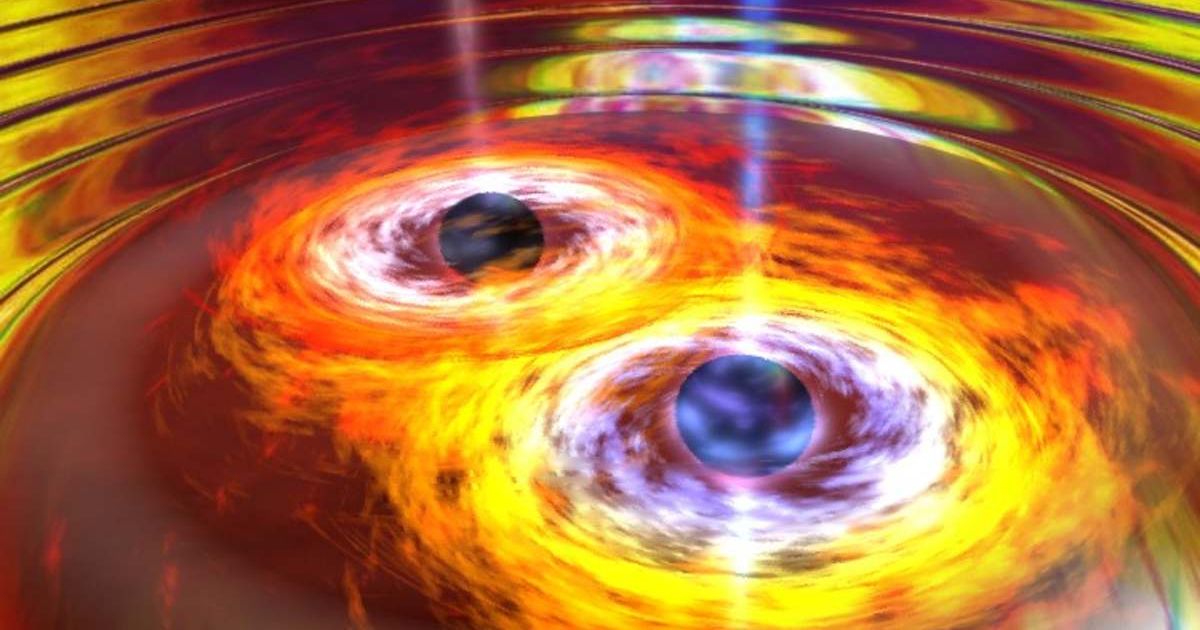
An international team of scientists has pinpointed the likely birth scenario for a rare black hole collision observed with a highly non-circular, or "eccentric," orbital path just before the merger. The findings, published in Physical Review D, provide a crucial clue in understanding the formation of these cataclysmic cosmic events, as mentioned by Cardiff University.
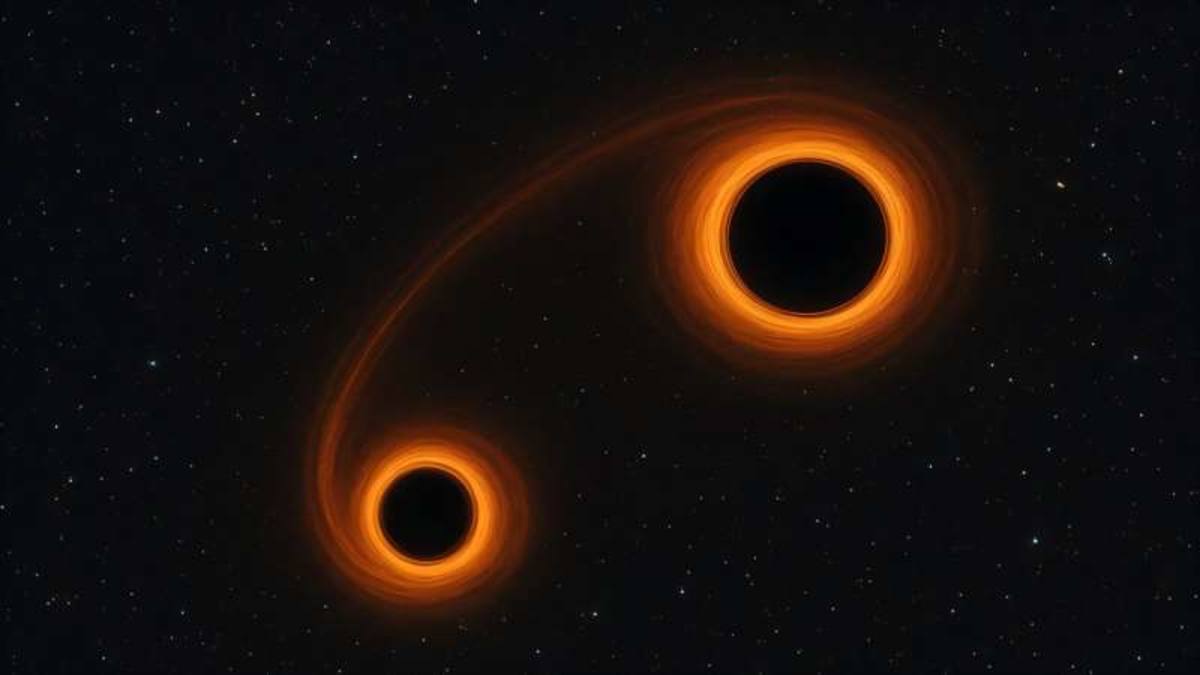
The merger, labeled GW200208_222617, was detected by the Laser Interferometer Gravitational-Wave Observatory (LIGO) and its European counterpart, Virgo. It is one of only a handful of binary black hole mergers exhibiting clear evidence of a significantly oval-shaped orbit, a "squashed" trajectory, near the time of its final inspiral.
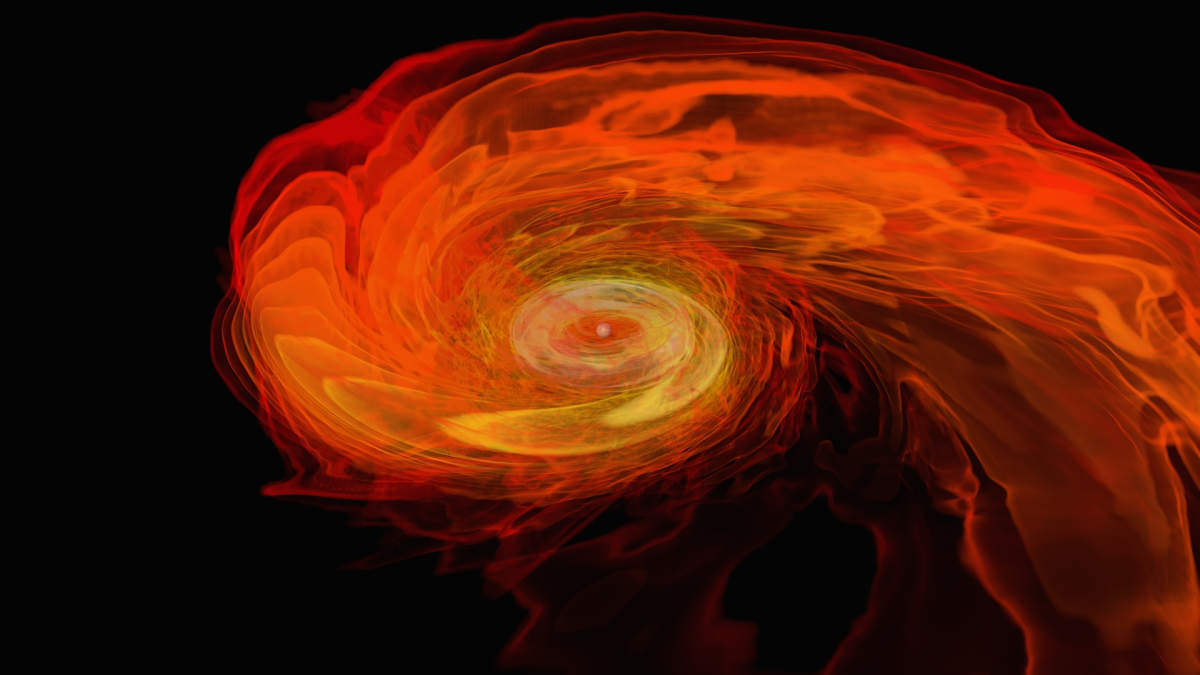
The energy from such violent celestial events is released in the form of gravitational waves, which are "ripples" in the fabric of spacetime, per LIGO Caltech. These cosmic ripples were first predicted by Albert Einstein in 1916 as part of his general theory of relativity. Einstein’s mathematics showed that massive, accelerating objects, such as black holes or neutron stars orbiting each other, would disrupt spacetime, causing waves that propagate outward at the speed of light. Detecting these waves allows scientists to gather information about their cataclysmic origins and the fundamental nature of gravity.

Researchers performed detailed simulations of three plausible formation channels for the binary, according to Cardiff University. Their analysis suggests that the black holes most likely originated in either a complex, three-star system (a "field triple") or a crowded region, such as a star cluster, where gravitational interactions are frequent and intense. “Confidently detecting eccentricity is crucial for identifying how the binary black holes that we see with gravitational waves are forming,” explained Dr. Isobel Romero-Shaw, lead author on the study. She noted that black holes that have orbited together for long periods typically have circular orbits. An eccentric orbit strongly indicates that the pair was either a recent gravitational capture or that its path was warped by external forces, such as a third star.
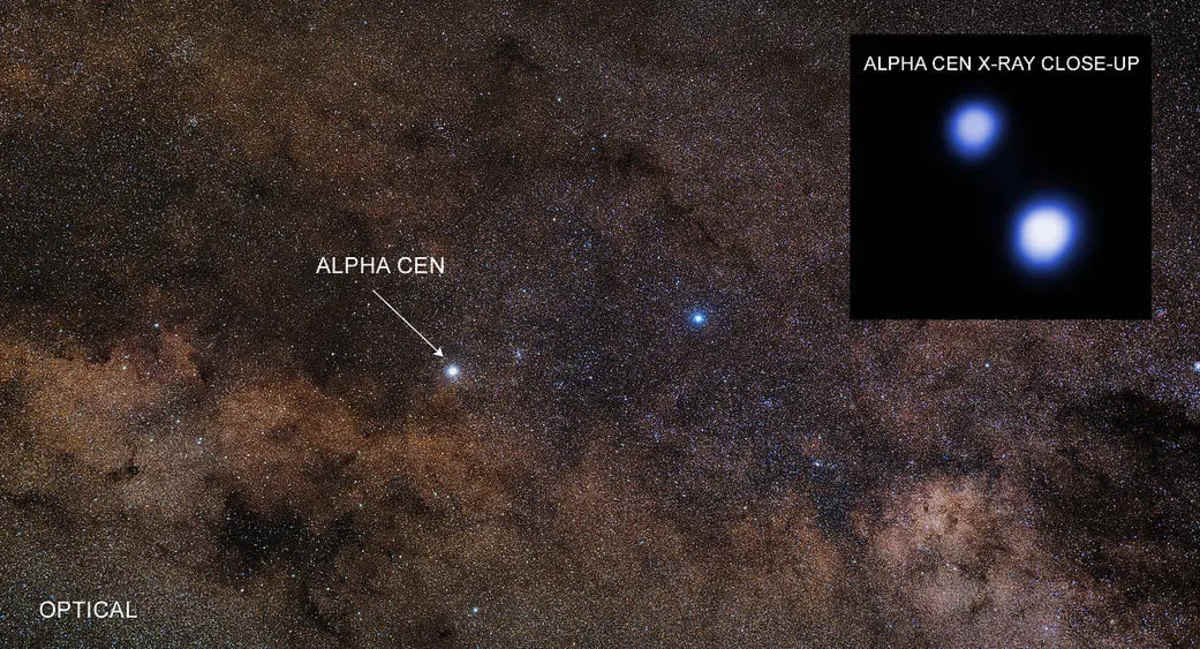
The team concluded that a formation within a densely populated system is far more probable than a scenario involving a single, massive disk of gas orbiting an active galactic nucleus. According to Dr. Romero-Shaw, “Eccentricity is ‘smoking gun’ evidence that a binary did not form in full isolation." If the black holes had evolved without external interference, their orbit would not retain a detectable eccentricity by the time it is observed.
This breakthrough is key because a single confirmed eccentric event narrows down the origins for a much larger fraction of the overall black hole population detected by gravitational-wave observatories. The findings provide a roadmap for refining detection models, ultimately helping scientists confidently map the evolutionary history of binary black holes across the observable universe. Understanding how these binaries form and merge helps scientists refine fundamental models of the cosmos, advancing our knowledge of space, time, and gravity itself. The study’s implications could dramatically reshape theories on the overall population of black holes detected throughout the universe.
More on Starlust
Largest ever black hole merger, 225 times the mass of the Sun, detected by LIGO-Virgo-KAGRA
